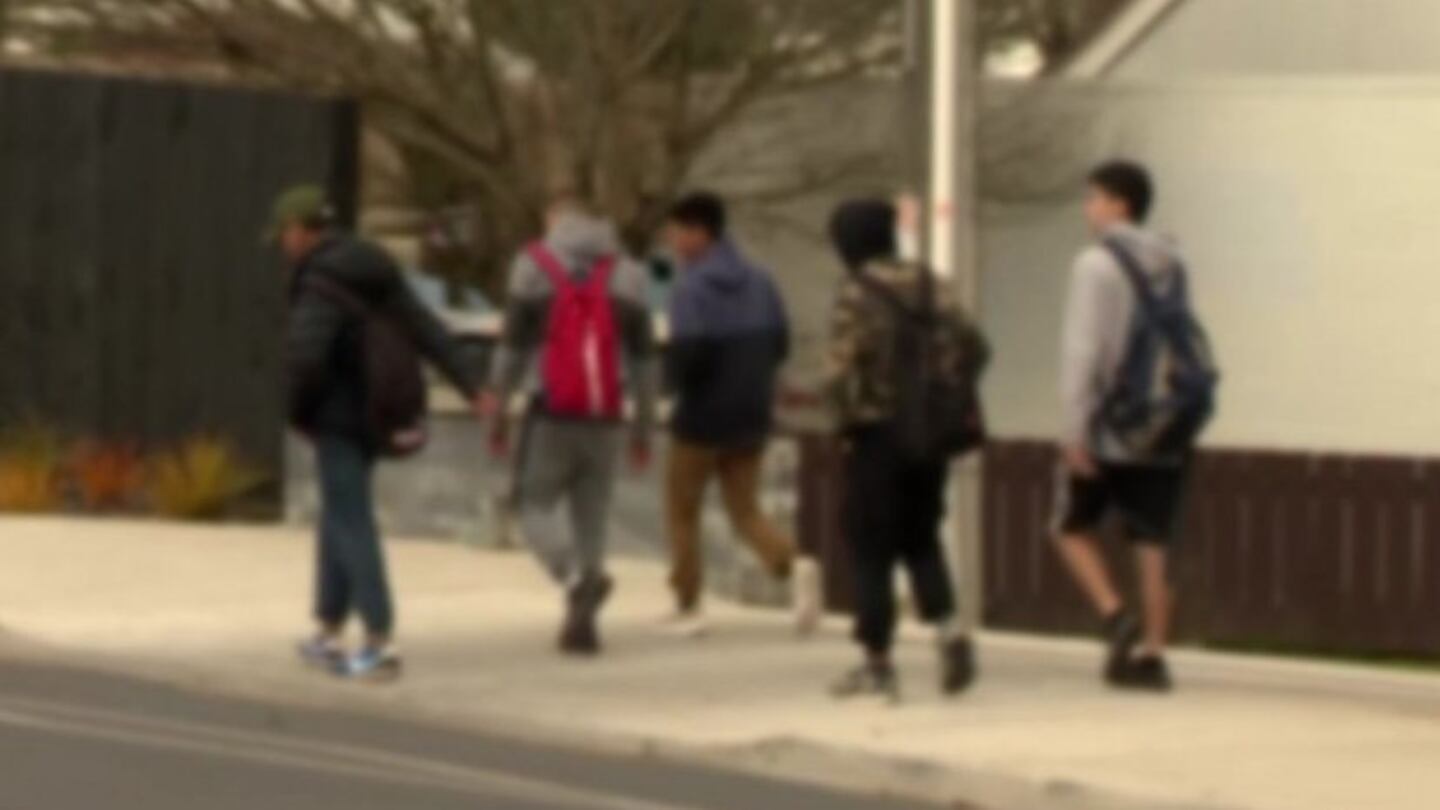A report into student attendance released today by the Education Review Office shows more kids in Aotearoa are missing school than in other countries, and it is getting worse.
Only three out of five learners regularly attend school.
“Covid-19 has badly disrupted attendance but we were seeing serious issues with attendance before the pandemic. Between 2015 and 2019 the percentage of learners regularly attending school dropped from 70% to 58%,” ERO Education Evaluation Centre head Ruth Shinoda says.
“Missing school adds up. If students miss a week of school each term, by the time they are 16 they will have missed a year of schooling. That’s a lot of learning time lost. There is no safe level of non-attendance, even just missing two days a term is linked to lower achievement.
“What we found is that many New Zealand parents and students don’t prioritise going to school,” she says.
ERO found that four in 10 parents are comfortable with their child missing more than a week of school a term. In addition, a third of students didn’t see going to school every day as that important and, concerningly, nearly a quarter of students said they did not think school was that important for their futures.
“We know that many parents and students are not prioritising school," Shinoda says. "Two-thirds of parents would keep their children home for a special event and a third would take their children out of school for a holiday or sporting event. More than one in 10 parents would keep their child home for their birthday. In addition to this, a third of students said they wanted to miss school because they have more enjoyable things to do at home."
MĀORI APPROACH NEEDED TO TURN THE TIDE
NZEI Te Riu Roa president Liam Rutherford says lower class sizes, more teacher aides and greater access to learning support for all tamariki are among the solutions needed to turn the tide on low attendance.
“Students who feel they belong in their school are more likely to attend regularly. Anything we can do to support the connection between teachers and students is a critical part of the solution to attendance,” NZEI president Liam Rutherford says.
“NZEI Te Riu Roa supports taking a Māori-first approach to the education system, which prioritises Māori thinking, learning and practice, and system change in areas like streaming to recreate education that recognises and uplifts Māori people and their identity.
“Making learning more engaging is one of the report’s recommendations. Teachers are absolutely up for this. Of course, this becomes much more achievable when class sizes are at a level when teachers can have more quality time with each student.”
RETURNING STUDENTS TO SCHOOL IS NOT IMPOSSIBLE
Turning around poor school attendance rates will not happen overnight but, with the right solutions, it can happen, PPTA Te Wehengarua president Melanie Webber says.
“As the Education Review Office report released today (shows, the factors that are resulting in fewer ākonga attending school regularly are wide-ranging and complex, and there is no easy fix.
“We desperately need more pastoral and guidance staff in our schools to help identify the students who are struggling, for a variety of reasons, and work with these rangatahi and their families through the problems and issues, and keep them engaged at school – before we lose them.”
Webber says teachers lack the time and skillsets to build crucial relationships with students and their whanau needed to keep them in the classrooms.
“Teachers and principals have implored the government through our current collective agreement negotiations, to give schools more pastoral staffing support.
“We also urge the government to invest more in redesigning alternative education and providing an end-to-end system of support for children and young people at risk of disengaging from education.
MORE FUNDING IS NEEDED TO HELP SCHOOLS
Complementing the government’s recently released Attendance and Engagement Strategy, ERO recommends five areas for action to turn these patterns around.
“We need to improve parents’ understanding of the importance of going to school and their awareness of how often their children are going to school.”
“School also needs to be more engaging for all students and a great place to be. Schools and agencies will also need to work together to tackle the key barriers to attendance such as transport and having the right equipment.”
“Finally, we need to help students catch up on learning after missing school so they don’t fall further behind.”
Melanie Webber says her members agree with another recommendation for schools to be great places for students to be, but schools need more assistance to create more learning support programmes.
“We need time to do this – currently teachers are being stretched in so many different ways that the joy of this amazing job is being lost.
“Schools cannot raise attendance rates on their own. Support from the Ministry of Education, both locally in the form of support for whānau on the ground and nationally in the form of a targeted, multi-media programme to inform parents about the importance, and their legal responsbilities of schooling is needed urgently.”
“The findings of this report are heartbreaking and have extremely serious implications for the future of Aotearoa New Zealand. We are committed to working with the government on effective solutions.”
Rutherford agrees, saying the problem won’t be fixed until critical issues are addressed.
“The 2021 Pūaotanga report shows clearly that our current primary staffing model is inadequate: that right now, with the resources available to them, it's just not possible for our country's educators to give each and every child the support they need to achieve their potential.
"Fix staffing in education and we will go a long way to fixing attendance.”



